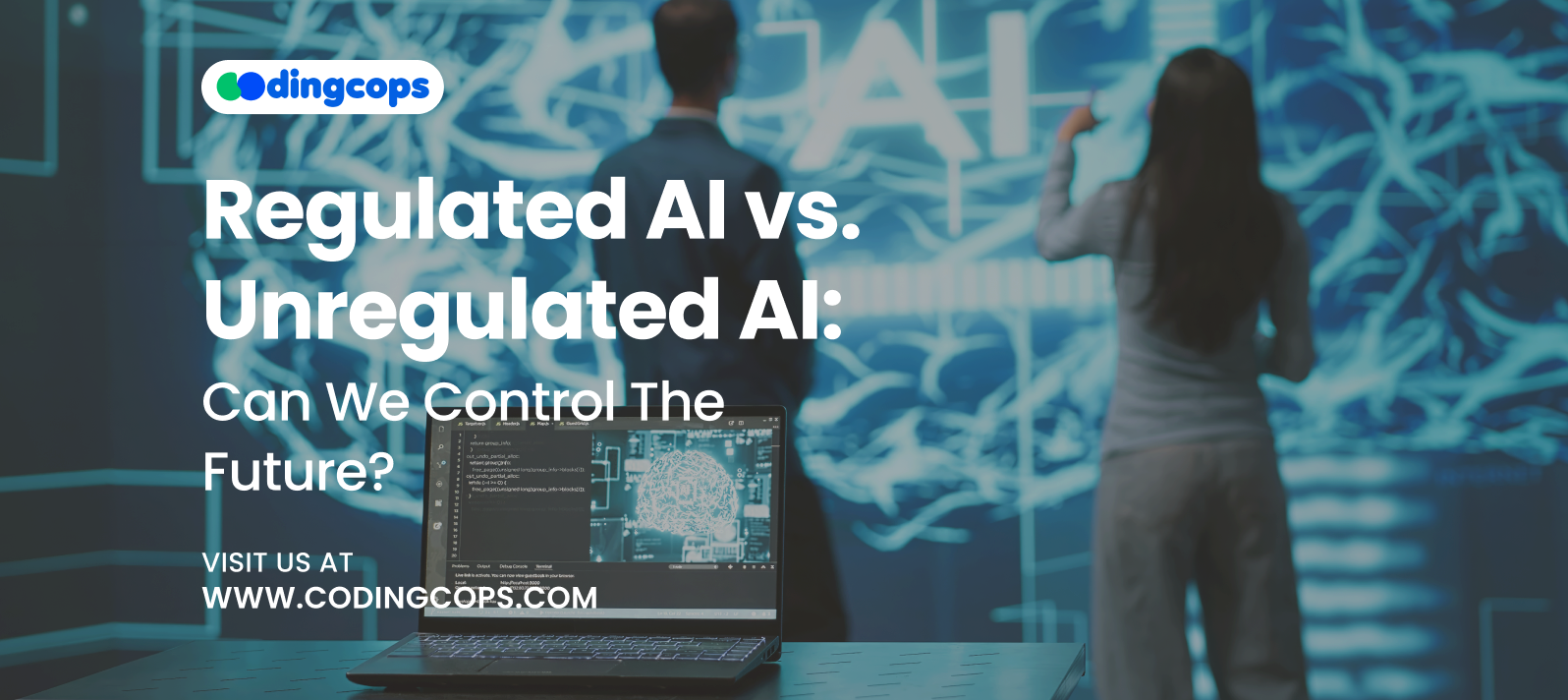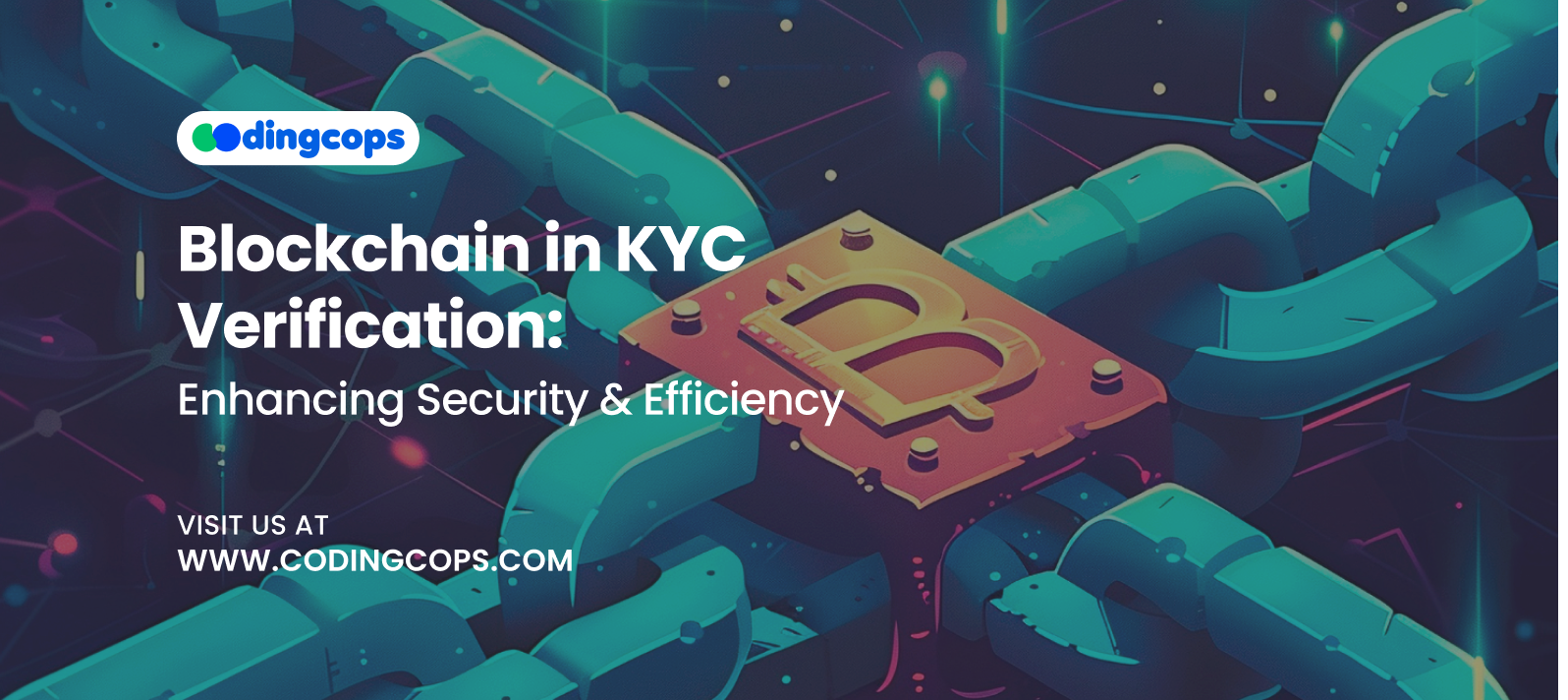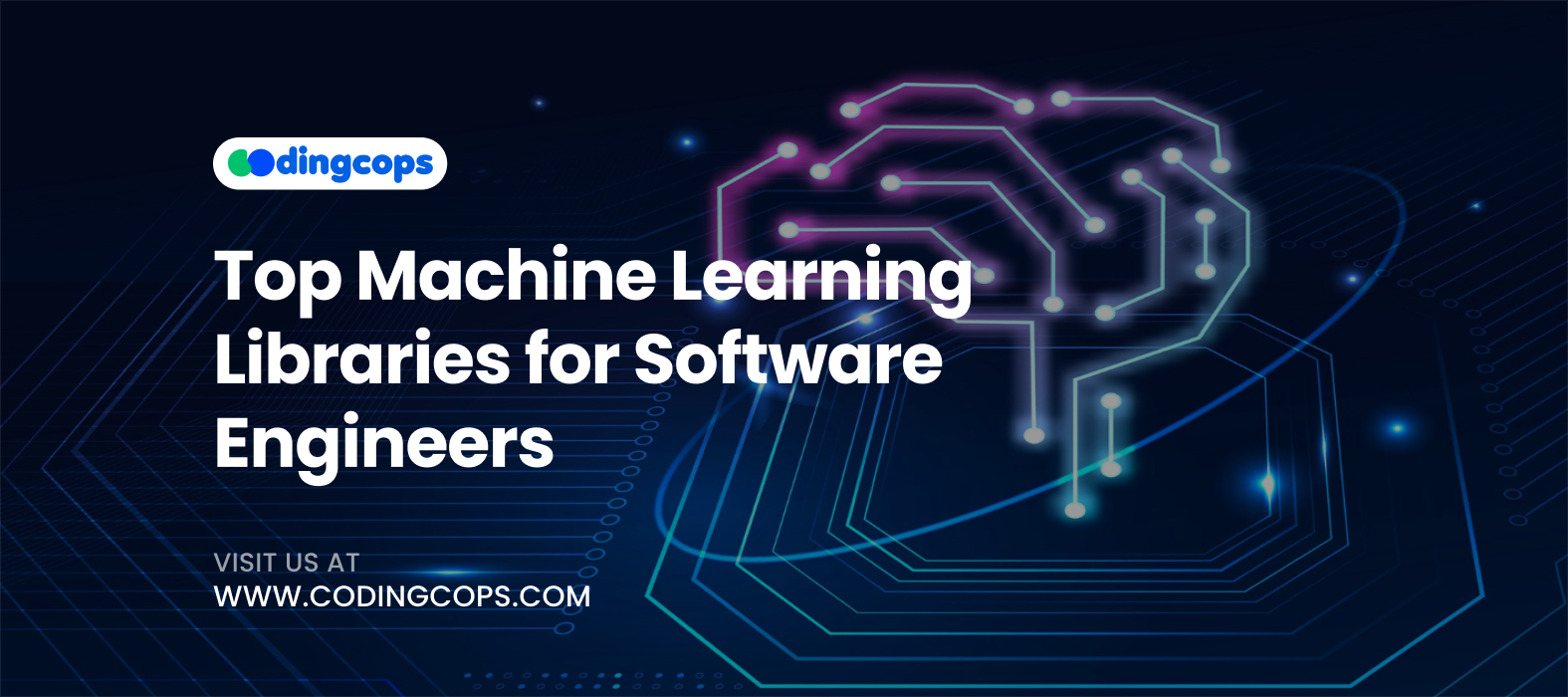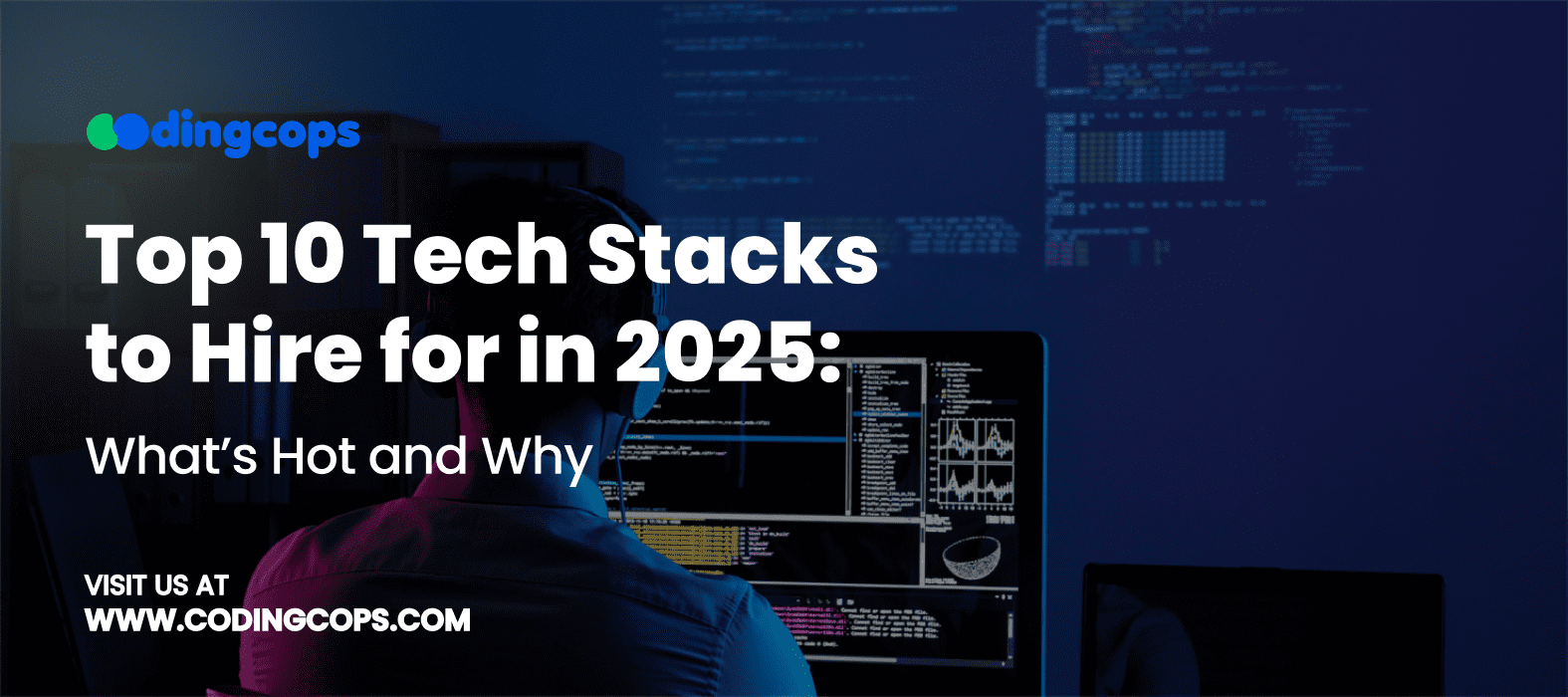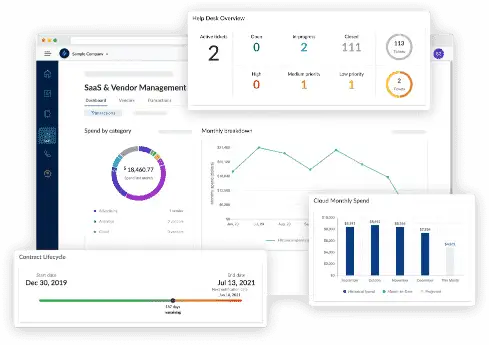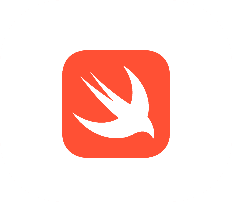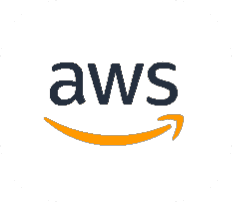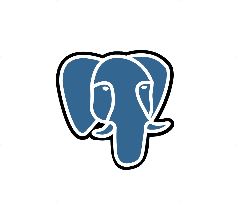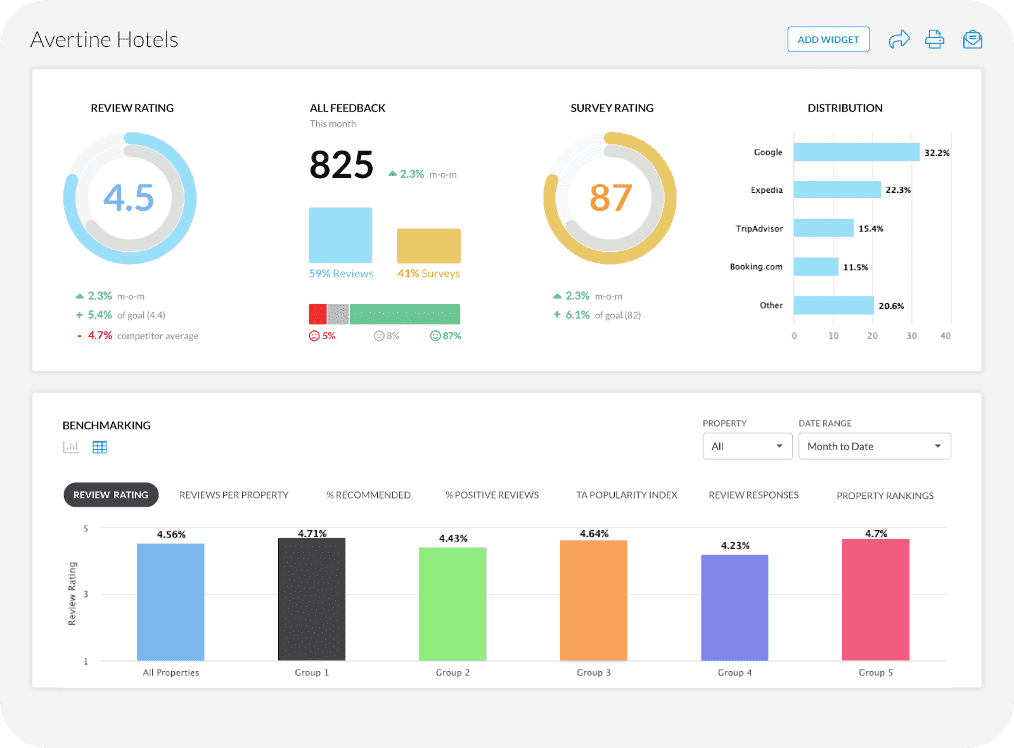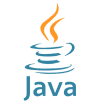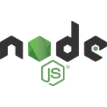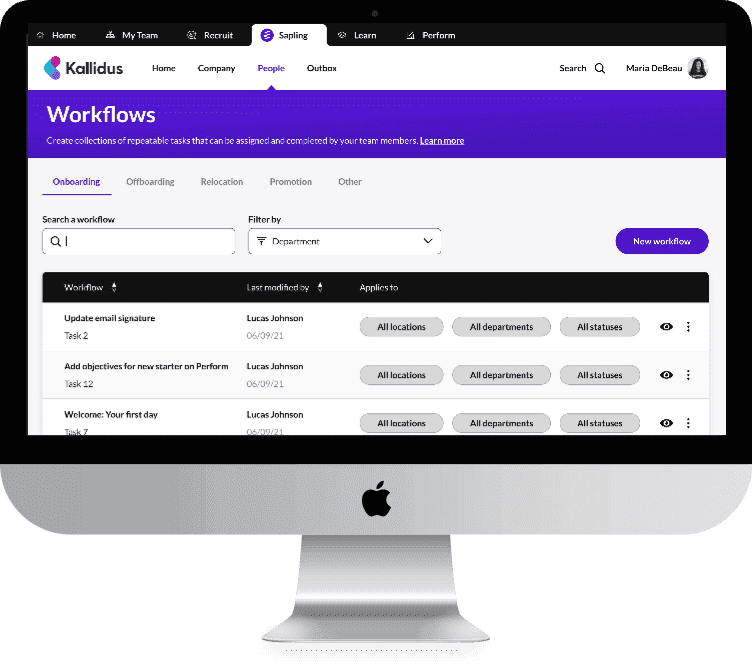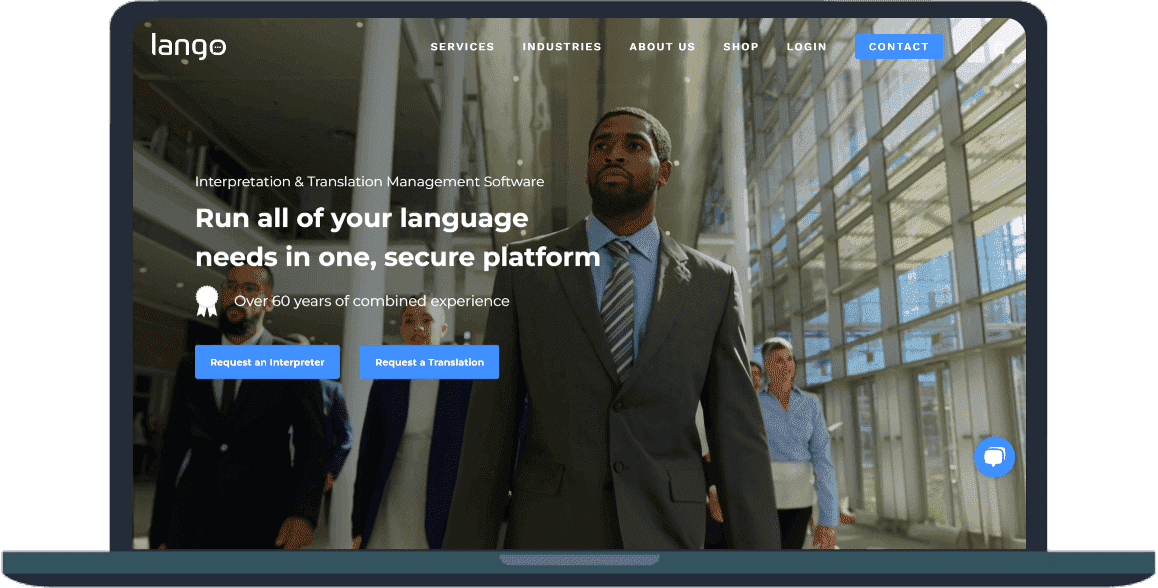According to research, 63% of businesses intend to utilize AI globally within the next three years. This illustrates the rapid increase in its use. Nonetheless, these data points to a critical point: as AI becomes more and more required, the regulatory framework in which it operates becomes more significant than before.
So, in this blog, we will explore the differences between the regulated and unregulated AI. Furthermore, we will explore real world examples and offer practical insights to guide businesses and policymakers toward balanced AI development.
Regulated AI
Regulated AI systems are those that adhere to specific compliance standards set by governmental entities. By lowering financial risks, these regulations also seek to guarantee that safety is given first priority in the application of AI.
Furthermore, the need for regulated AI is being driven by the growing influence of these systems in crucial sectors like finance. Even little mistakes might have significant repercussions when AI starts making choices on loan approvals. Therefore, regulation serves as a deterrent to unethical activity.
Features of Regulated AI
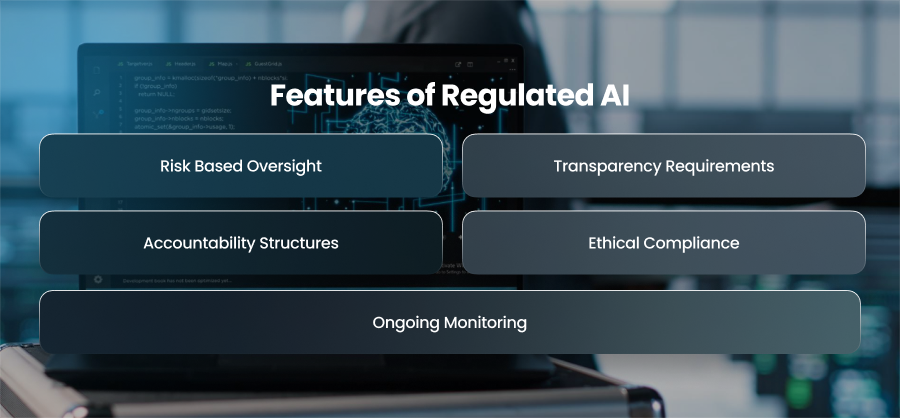
Risk Based Oversight
Regulated AI often uses a tiered risk classification system. Furthermore, the standards increase with the potential influence on people’s lives.
- Before being used, high risk AI, such as face recognition, must pass stringent testing and certification.
- While having fewer responsibilities, low risk AI, such as spam filters, nonetheless has to adhere to minimal ethical and transparency requirements.
Transparency Requirements
Clear documentation is a core part of regulated AI. AI developers must disclose how the system functions and the logic behind its decisions. Furthermore, explainability tools help users understand why a certain output was generated, reducing the black box effect in common in AI.
Accountability Structures
Regulation assigns responsibility for the outcomes of AI systems.
- Businesses may be held legally responsible for harm brought on by biased or dishonest AI.
- Every choice can be traced back for scrutiny thanks to audit trails and record keeping.
Ethical Compliance
Ethical principles are built into regulated AI from the ground up. It includes fairness and respect for privacy. For example, the OECD AI Principles require AI systems to be human centered and beneficial to society.
Ongoing Monitoring
Regulated AI is not a one time compliance exercise, it requires continuous oversight.
- Periodic audits to assess system performance and compliance.
- Recertification is required when significant algorithmic or data changes occur.
- Updates to reflect new regulations or changing ethical standards.
Unregulated AI
Artificial intelligence systems that are created and run with little to no government control are referred to as unregulated AI. As a result, in these settings, the rate of AI progress is determined by technology capabilities and commercial factors.
This approach often thrives in startup ecosystems and open source communities. Without waiting for compliance checks, developers may test new models and deliver new features. However, this flexibility comes with more uncertainty and a greater potential for unintended consequences.
Features of Unregulated AI
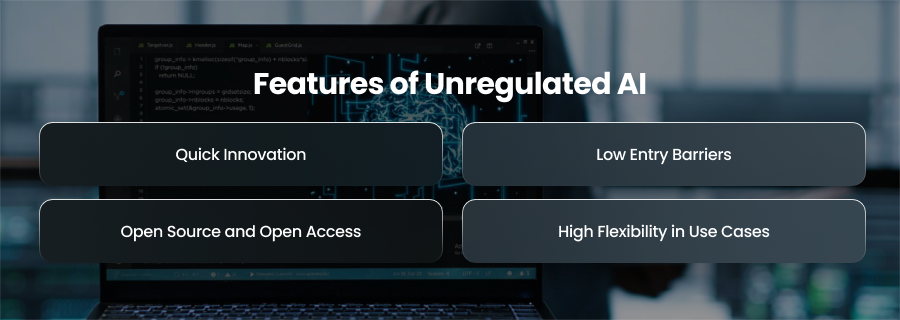
Quick Innovation
Developers can test and publish AI models in an uncontrolled setting without having to wait for drawn out clearance procedures. Hence, this enables:
- Quick response to new discoveries or user needs.
- Encourages experimentation across domains, from language processing to robotics.
Low Entry Barriers
Without strict compliance costs, startups can contribute to AI development. Moreover, this levels the playing field for innovators. Furthermore, it supports grassroots contributions and community driven projects.
Open Source and Open Access
Many unregulated AI initiatives embrace open source principles. Moreover, models and code are freely available, accelerating collaboration and cross pollination of ideas. For instance, large language models released on public repositories for unrestricted use.
High Flexibility in Use Cases
No pre approval or legal constraints means AI can be applied to niche or unconventional domains without delay. Also, it supports real world testing under diverse conditions. Moreover, it allows developers to pivot quickly if a concept shows promise.
Why Use Regulated AI?
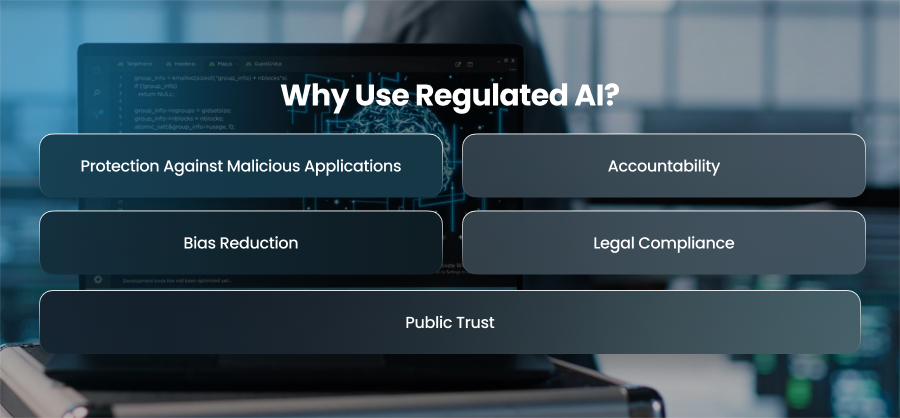
Protection Against Malicious Applications
If left unchecked, AI can be weaponized for deepfakes or for a large scale misinformation campaigns. Regulations also guarantee that AI applications go through stringent ethical and risk evaluations prior to implementation. This reduces the possibility that AI systems may be applied in ways that could be detrimental to companies.
Accountability
Organizations must keep detailed records of the development and testing of their AI models in regulated systems. Additionally, openness makes it simpler to spot and address biases or mistakes in decision making processes by allowing the public and oversight bodies to comprehend them. Without such measures, harmful decisions could be made opaque by black box models with no way to challenge them.
Bias Reduction
Regulated AI must comply with anti discrimination standards. This guarantees algorithms are verified for gender and other demographic fairness. By assisting in the removal of systemic biases that may exist in AI training data, this also makes the technology more widely available.
Legal Compliance
As countries develop AI governance frameworks, companies who adopt laws early on position themselves for future compliance to be simpler. Additionally, by being proactive, one might steer clear of legal issues and build a reputation for moral responsibility.
Public Trust
People are far more likely to embarace AI in healthcare and government services if they trust that it operates under strong oversight. Also, regulated AI builds confidence by demonstrating that safeguards are in place to prevent abuse or dangerous unintended consequences.
Why Use Unregulated AI?
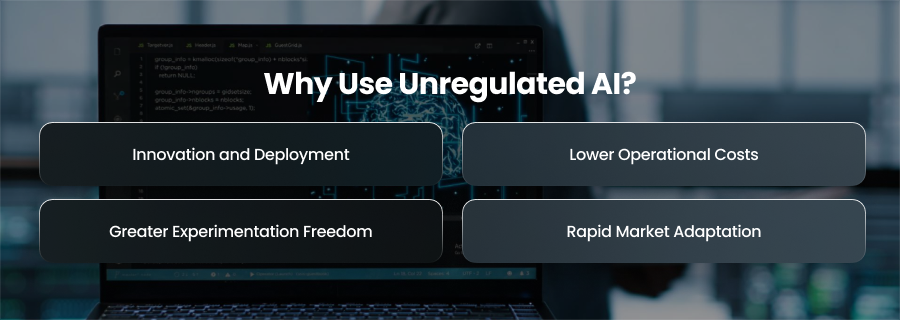
Innovation and Deployment
Unregulated AI may move from concept to production at previously unheard-of rates as it does not have to go through the drawn out approval and compliance processes that regulated AI requires. Developers and companies can also create new solutions, which is particularly useful in highly competitive industries where being the first is the key to success.
Lower Operational Costs
The total cost of AI development may be greatly decreased by enterprises without having to make large investments in compliance audits and certification processes. Additionally, startups and smaller businesses may now compete with larger organizations because to this cost effectiveness.
Greater Experimentation Freedom
Developers can investigate unusual or dangerous ideas that might not make it through stringent regulatory screening thanks to unregulated AI. Additionally, this independence can result in ground breaking findings and completely original AI applications that compliance restrictions would have otherwise postponed or prevented.
Rapid Market Adaptation
Unregulated AI enables businesses to adapt their products more quickly in response to changing customer needs or market changes. Businesses may stay current and seize new opportunities before their competitors can because to this flexibility.
What Are the Risks of Regulated AI and Unregulated AI?
Regulated AI
Regulated AI may sometimes lead to quicker innovation cycles since developers must follow tight guidelines before launching products or services. Additionally, firms may lose their competitive edge if this slows the adoption of modern technologies. Rigid requirements may also put small and new companies at a disadvantage. This limits their ability to compete with larger and resource rich corporations. Furthermore, in a profession that is developing so fast, there’s a chance that restrictions could soon become obsolete.
Regulatory capture, which occurs when big businesses sway or mold laws to their advantage while hindering the success of new competitors, is another issue. Furthermore, excessive regulation may hinder experimental AI development and deter investigation into novel but possibly revolutionary uses.
Unregulated AI
If AI is not controlled, serious ethical and security concerns might arise. Without supervision, AI systems might reinforce or magnify bias, leading to skewed results. Unchecked AI may also gather and analyze personal data without the required authority or security measures, increasing the possibility of data privacy violations.
Furthermore, because malicious actors may develop AI tools for cyberattacks without worrying about facing legal repercussions, uncontrolled AI increases security threats. Additionally, if the negative consequences caused by AI systems are not addressed because of a lack of accountability, victims could not have any legal recourse. Also, the danger of economic disruption is increased by uncontrolled AI as rapid automation without a plan for worker reskilling may result in widespread job loss.
Use Cases of Both Approaches
Regulated AI Use Cases
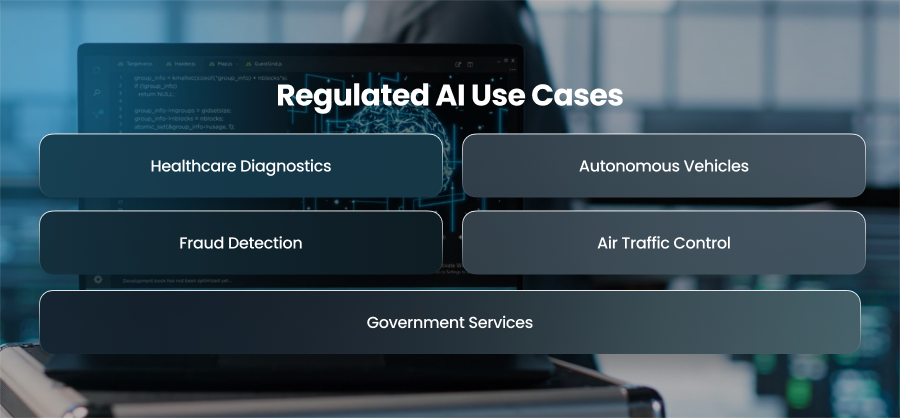
Healthcare Diagnostics
In healthcare, regulated AI is critical for patient safety and compliance and data driven diagnostics systems for detecting diseases such as cancer or cardiovascular issues must go through rigrous testing. For instance, before being used, an AI that decodes radiological images needs to show a high degree of accuracy. Additionally, regulatory monitoring guarantees the security of patient data.
Autonomous Vehicles
In order to guarantee compliance with traffic regulations, self driving cars that operate in real world traffic situations depend on regulated AI frameworks. Regulatory agencies frequently need thorough safety testing and unambiguous accountability procedures. Additionally, this supervision increases public confidence in autonomous transportation systems.
Fraud Detection
By keeping an eye on user behavior patterns, regulated AI systems assist the banking industry in identifying fraudulent transactions. Regulations pertaining to KYC and anti money laundering must be followed by these systems. Moreover, regulatory restrictions ensure that these AI models’ decision making processes can be inspected and that they do not discriminate against people in an unjust manner.
Air Traffic Control
Regulated AI assists in flight navigation and air traffic control. Moreover, stringent aviation standards prevent errors that could endanger passengers, making compliance essential for safe adoption.
Government Services
To prevent prejudice and discrimination, the public sector strictly adheres to transparency and accountability requirements when using AI in welfare distribution or legal decision making.
Unregulated AI Use Cases
Generative AI in Creative Industries
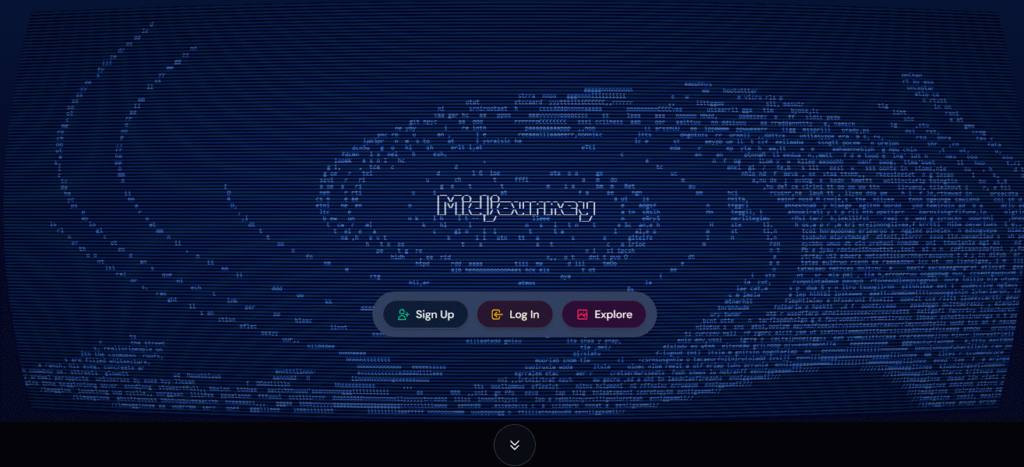
Unregulated AI is widely used in fields such as art and content creation. Tools like Midjourney can operate without strict oversight because the the stakes are lowered compared to safety critical industries. Moreover, the absence of regulation allows developers to push boundaries and experiment with new styles.
Agile Product Prototyping
Small tech startups often use unregulated AI to quickly build prototypes and test concepts in the market. An AI recommendation engine for social media or eCommerce, for instance, may be swiftly created to collect user input. These businesses may change course and enhance their products considerably more quickly if there are no governmental obstacles in the way.
Personalized Marketing
Chatbots and virtual shopping assistants are examples of customer interaction solutions powered by unregulated AI. Additionally, these apps may be updated often to improve user engagement and the targeting algorithm. Moreover, while data privacy laws can still apply, the AI itself faces fewer operational restrictions, enabling quick innovation.
Real Time Language Translation
AI powered translation apps like those in travel tools can operate without strict regulation, allowing them to adapt and improve quickly for smoother cross cultural communication.
Predictive Analytics
Retailers use unregulated AI to forecast demand and recommend products. The absence of heavy oversight allows for faster deployment of machine learning updates that improve user experience.
Final Word
Thus, there are certain advantages and to both regulated and unregulated AI. Furthermore, unregulated AI promotes rapid innovation. On the other hand, ethical compliance is given more weight in regulated AI. Successfully using AI’s transformative potential necessitates finding a balance between freedom and control.

